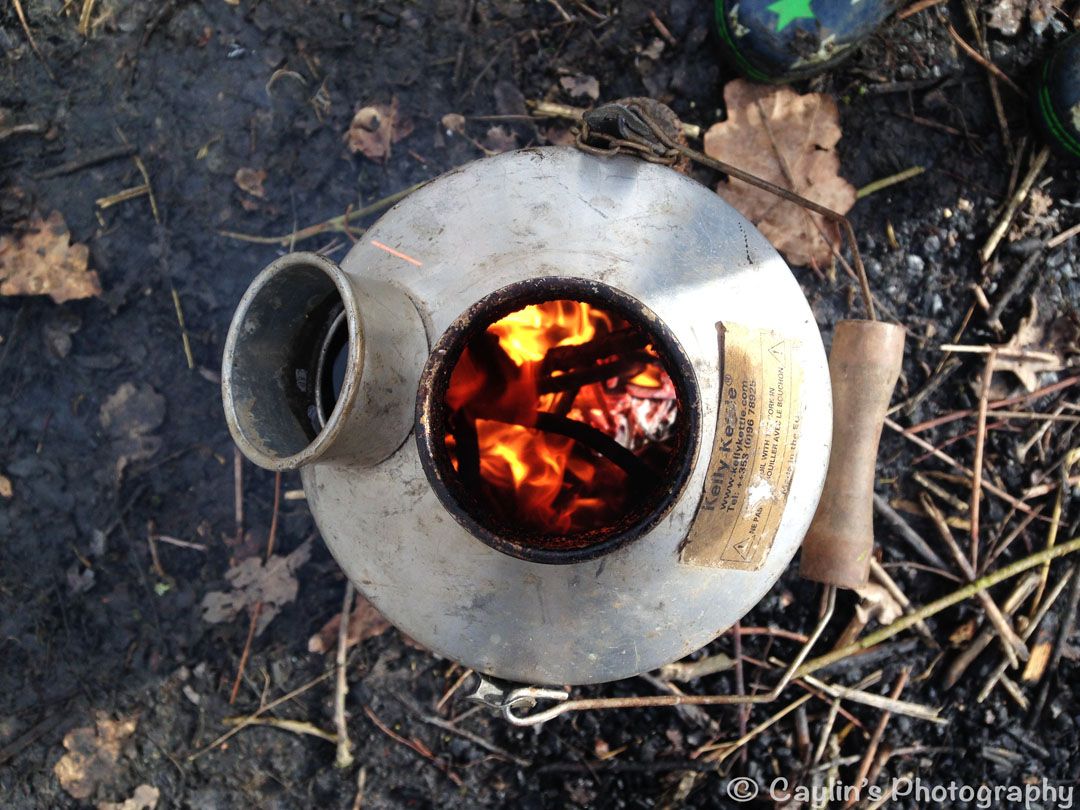
Blog
Stories from my personal journey learning about and delivering Nature-rooted programs across three different countries
Forest School is Education in Reverse...
Caylin (Forest Schooled)

Empty space, drag to resize
Short on time? Listen to this blog post as a podcast. And subscribe to my podcast channel on Apple Podcasts, Google Podcasts, or Spotify.
Being in a new place surrounded by people who are unfamiliar with Forest School has resulted in a few interesting conversations for me these past few weeks!
When people ask what I 'do' or 'did' for work, inevitably the term Forest School gets mentioned and then I find myself in a sticky situation pondering, “How do I explain this in just a few sentences to someone who has absolutely no idea what it means?”
What I've discovered is I can't... at least not very well. But what I can do is spark their curiosity about it, leading them to ask more questions.
These are just some of the questions I've been asked recently:
- What curriculum do you follow?
- What objectives do you set out for the children to achieve?
- How do you structure it to ensure children get from point A to point B?
My answer to all of these questions? “I don't...” And that's when I get a confused look in return.

So why is Forest School so difficult to understand for those who haven't been exposed to it before? There are so many answers to that question, but one thought I've had is because of the way we tend to view 'education' in our culture. We tend to assume it follows a particular sequence:
Provide information and learning will take place.
And so we become focused on finding ways to give information to our learners so that they will learn! This is also where we start prioritising what it is we think is most important for them to learn and therefore plan curriculum that will expose them to the information in the order we feel is best.
So what's different about Forest School? One way I can think of to explain it briefly is this:
It's taking our 'education formula' and reversing it... Instead of making things happen to put the learning in, we draw the learning out of whatever it is that happened.
For example, when a Forest School session starts, I often have no idea what the children will choose to do. Therefore I'm somewhat clueless about what it is they will actually learn. That might make it sound like I'm unprepared, but there's a good reason for this. It's because the session is not about what I want them to learn, it's about what they want to learn.
So when the children all scatter to pursue their individual interests, there might be some kids climbing trees, others practising fire lighting, a few building dens, and still more using tools like knives or saws to whittle and create things.
It is during or after the experiences take place that we ask a question like, “What did we learn?” And that's when both the children and I discover what new information and ideas were uncovered. It's about sifting through our experiences, both as a group and as individuals, and reflecting on what we found out that's most important and valuable to us.
So the children climbing trees might discover they overcame fears and built up their confidence as well as their physical strength. Those lighting fires might have learned about the properties of different materials and have a better understanding of what burns well and what doesn't and why. The children building dens might realise that they can accomplish a lot when they work together as a team and communicate. And those whittling sticks or sawing might have gained more control of their bodies, learning how to move their hands or arms in order to use the tool both skillfully and safely.
These are all valuable lessons! I just didn't plan them...
And what's great about it all is the participants often don't even realise that what they are doing is learning... Although one insightful little boy said this to me once,
“Forest School afternoons are the best because we don't have to do any learning. Well, actually... we learn a lot. It's just more fun.”
More Posts
WANT TO GET FOREST SCHOOLED TOO?
Subscribe to my email letters, something special from me to you so we can learn together. Each one is filled with heart-felt stories from the forest, resources you may find useful, and things that hopefully bring a smile too.
Thank you!
© by FOREST SCHOOLED
